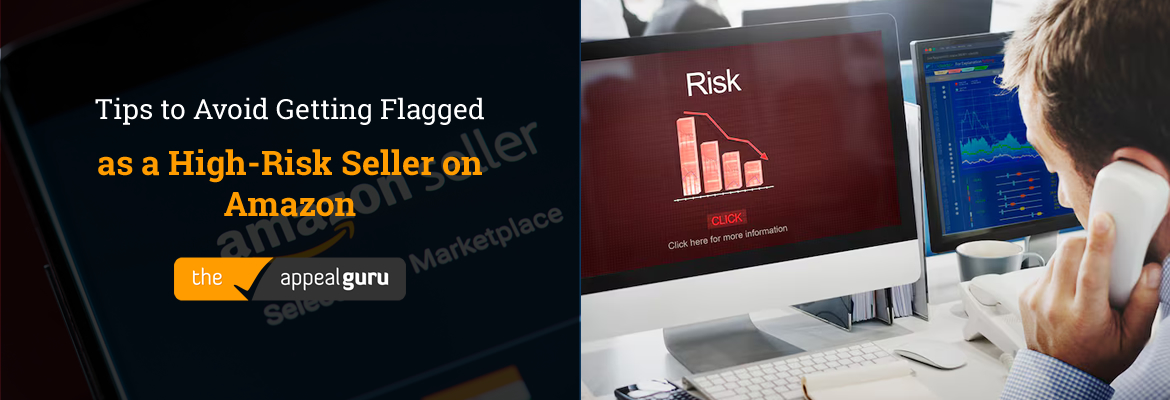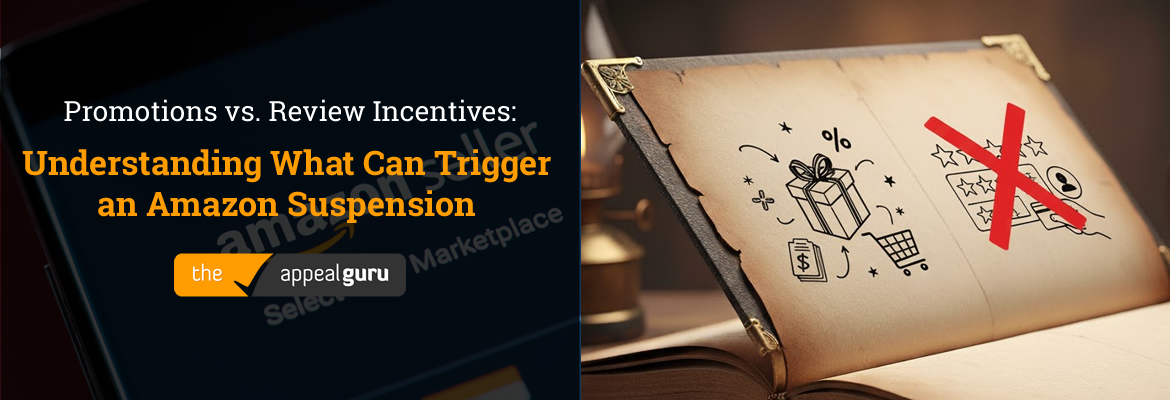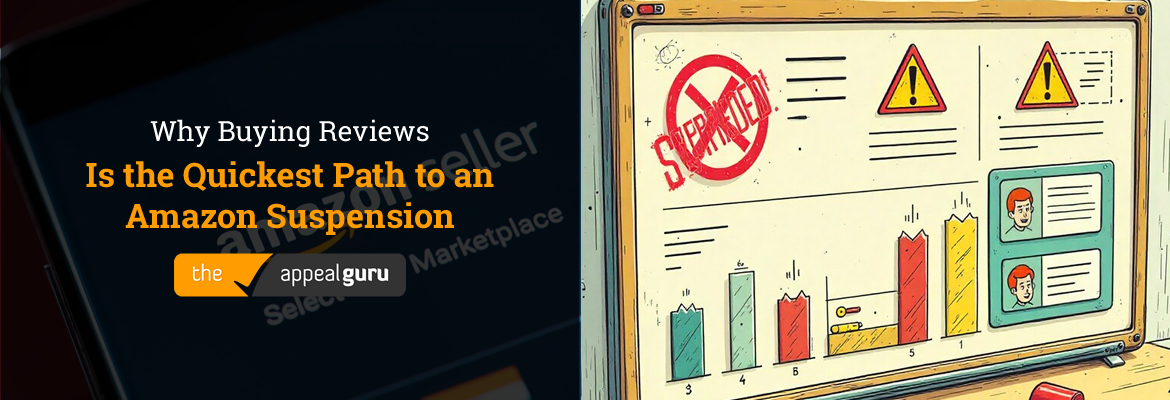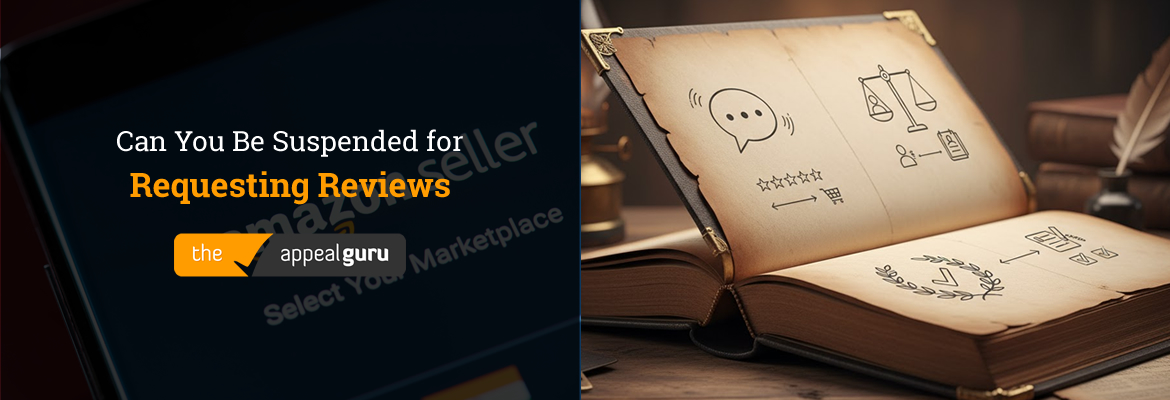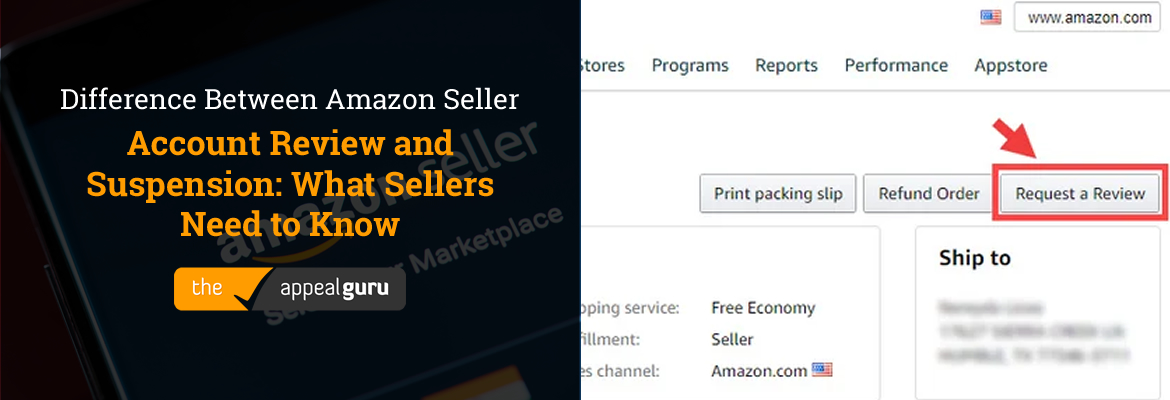
Selling on Amazon is one of the fastest ways to build a successful e-commerce business. With millions of customers searching every day, the platform provides sellers with unmatched visibility and growth potential. However, along with the opportunity comes responsibility. Amazon has strict performance and compliance standards, and sellers who fail to meet them may get flagged as “high-risk.”
Once a seller is flagged as high-risk, the chances of account reviews, suspensions, or restricted privileges increase significantly. This can be devastating, especially for those who rely on Amazon as their primary sales channel. The good news is that by being proactive, you can prevent most issues before they escalate. Below are some practical tips to help you avoid being categorized as a high-risk seller on Amazon.
1. Maintain Strong Account Health Metrics
Amazon monitors various performance metrics to ensure sellers provide a positive shopping experience. These include:
- Order Defect Rate (ODR) – Keep it below 1%.
- Late Shipment Rate – Ensure orders are shipped on or before the expected date.
- Pre-Fulfillment Cancel Rate – Avoid canceling customer orders after they’ve been placed.
Monitoring your account health dashboard regularly helps you stay on top of these metrics. If you notice your numbers slipping, take immediate corrective action. Consistency in meeting Amazon’s performance targets is the first step toward avoiding risk flags.
2. Be Transparent with Product Listings
Misrepresentation is one of the fastest ways to get flagged. Ensure your product titles, descriptions, bullet points, and images match exactly what the buyer will receive. Never exaggerate features or use misleading claims. For example, if you’re selling a leather wallet, don’t describe it as “genuine leather” unless it truly is.
Also, comply with Amazon’s product listing policies. Certain categories have stricter guidelines, such as supplements, electronics, and toys. Review these rules carefully before setting up your product listings to avoid unnecessary warnings or removals.
3. Avoid Counterfeit and Inauthentic Products
Amazon takes counterfeit goods very seriously. Selling unauthorized or fake products is one of the quickest ways to be labeled high-risk or even face permanent suspension. To prevent this:
- Source products only from verified suppliers.
- Keep invoices and authorization letters ready in case Amazon requests proof of authenticity.
- Enroll in Amazon’s Brand Registry Program if you own your brand.
Having proper documentation not only protects your store but also builds trust with customers.
4. Invest in Proper Amazon Store Set Up
Many sellers jump straight into selling without taking the time to set up their Amazon store correctly. A poorly set-up account with incomplete details, mismatched tax information, or missing brand content can raise red flags.
A professional Amazon store set up includes accurate business details, compliance with tax and VAT requirements, optimized product pages, and well-structured A+ content. By investing in proper setup from the beginning, you minimize the chance of Amazon questioning the legitimacy of your business later on.
5. Keep Your Inventory Well-Managed
Stockouts, overselling, or consistently running into fulfillment delays are signals that you may be a high-risk seller. To avoid this:
- Use inventory management tools to track stock levels.
- If you’re using Fulfillment by Amazon (FBA), monitor your inventory health report.
- For self-fulfillment, ensure you have reliable logistics partners and backup plans for busy seasons.
Unreliable inventory practices create poor customer experiences, which Amazon penalizes heavily.
6. Prioritize Customer Service
Amazon places great importance on customer satisfaction. Ignoring buyer messages or failing to resolve disputes quickly can result in complaints that damage your account health. Best practices include:
- Respond to all customer queries within 24 hours.
- Offer refunds or replacements promptly when justified.
- Stay professional and polite, even if a customer leaves negative feedback.
Strong customer service not only helps you avoid risk flags but also builds long-term loyalty.
7. Monitor and Optimize PPC Campaigns Responsibly
Amazon PPC services are a powerful way to increase visibility, but mismanagement can create problems. For example, driving traffic to listings with poor reviews, incomplete information, or slow fulfillment can result in higher returns and customer complaints.
Use Amazon PPC services strategically to promote high-quality listings that are fully optimized. Regularly analyze campaign data to avoid overspending and ensure that your ads are delivering genuine value. Responsible advertising helps maintain both profitability and account safety.
8. Stay Updated with Amazon’s Policies
Amazon frequently updates its rules and seller guidelines. Ignorance is not an excuse if your account is flagged. Make it a habit to check the Seller Central News section and Amazon’s policies related to your categories.
For example, changes in restricted product lists, tax compliance requirements, or advertising policies can directly affect your operations. Staying proactive keeps you compliant and reduces risks.
9. Monitor Suspicious Activity on Your Account
Sometimes sellers get flagged not because of their own mistakes, but due to fraudulent activity. Competitors may file false claims, or unauthorized users may gain access to your account. Protect your account by:
- Using two-step verification.
- Regularly checking for unauthorized changes in listings.
- Acting quickly if you receive infringement notices or unusual notifications.
10. Seek Expert Help When Needed
If you are unsure about compliance, store optimization, or advertising, it’s wise to consult professionals Amazon Seller experts. Agencies specializing in Amazon store set up and Amazon PPC services can guide you through best practices, help maintain account health, and ensure your business runs smoothly without unnecessary risks.
Final Thoughts
Being an Amazon seller offers immense opportunities, but avoiding the high-risk tag requires consistent effort, transparency, and customer focus. By monitoring account health, staying compliant, managing inventory, and leveraging expert services, you can protect your store from unnecessary disruptions.
Proactivity is the key—because once Amazon flags you as high-risk, recovering can be a long and challenging process. Stay ahead, stay compliant, and build your Amazon business with confidence.

